
Search Assignments
Table of Contents
Our Experts

Search Assignments

Customers Reviews
Worldwide pandemics sparked significant changes in educational trends. One of these new educational trends was switching to online and blended learning with digital apps. However, the digital trend in education will likely remain for years as the pandemic remains unpredictable.
The use of digital technology in education compels traditional professional teachers and students to embrace the digital world. This reality gives rise to many more significant trends in education. In this article, we discuss the new trends in education and what could be some of the future trends in education. Keep reading to learn more about education's future and teaching trends.
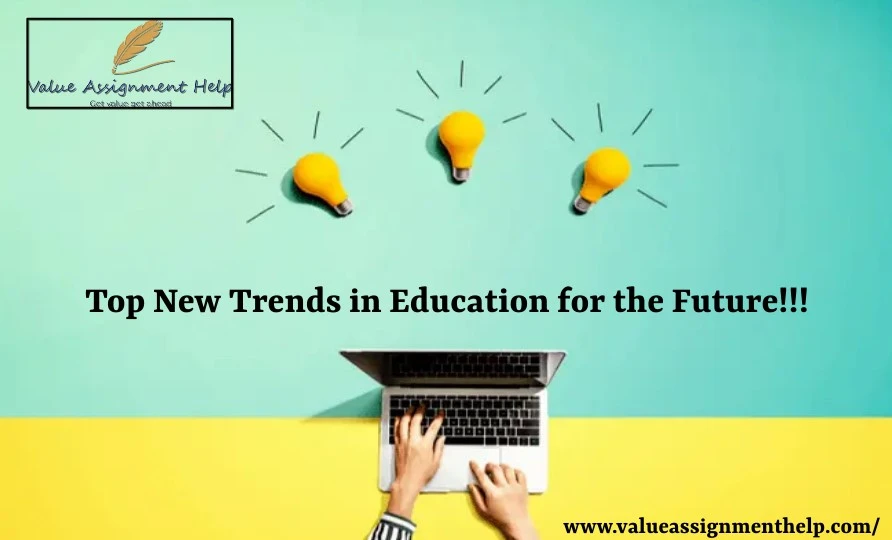
Education is acquiring or providing organised learning, especially at a school or university. It involves gaining knowledge, morals, skills, values, beliefs, habits, and personal development. It can be done through teaching, training, storytelling, discussion, and directed research and is usually facilitated through the guidance of educators.
Through education, the character and behaviour of the individual are shaped and moulded according to his knowledge. Getting an education helps a person raise himself, become an asset to society and become more capable in life.
Due to the worldwide pandemic, different education policies and standards have changed drastically. As a result, schools have been challenged with sudden significant changes while working to improve student learning outcomes. With that, new technology is changing how teachers teach, and students learn.
Our current society is technology-oriented, and the same is true in education. For example, many students now prefer to study online instead of sitting in class, providing more flexibility. However, digital technology is changing how students and teachers interact with each other, how lessons are taught and the kind of content assessed.
The impact of online learning varies among different groups. Students with adequate access to essential equipment like internet connectivity are doing quite well. However, disadvantaged students are often performing poorly. To make distance education successful, both teachers and students have to work hard.
Different situations at home and different online learning methods should be considered when determining the effectiveness of online learning. The home environment, such as family support and other resources, differentiates students' success in online learning arrangements. However, it also challenges teachers who have changed their teaching strategies drastically.
Conversely, online higher education can make courses more accessible to underrepresented students such as single parents and people from rural areas. Online learning can be beneficial in its flexibility and reduces social interactions for many students and teachers.
There are some challenges that the current trends in the education industry are facing nowadays. Teachers and students everywhere are forced to adopt new ways of connecting. Below are some of these challenges.
Technology: Students are increasingly coping with technology, and teachers are often left behind. Additionally, students' access to technology can distract them from their studies as they move on to non-teaching activities. Technology also brings financial challenges, as schools must spend more to equip each student with the proper technological equipment.
Poverty: The dropout rate is high due to poverty. Students falling below the poverty line often have difficulty reading due to poor diet and lack of sleep. Despite efforts to help these students, the solutions never create an even playing field.
Family Factors: A student's home environment significantly impacts their learning. Home issues affect the student emotionally and psychologically and are detrimental to their learning ability.
Class Size: A significant challenge in education comes from the budget constraints leading to large classroom sizes. In some states, the average class size is 24 students and just one teacher per class, which does not create a conducive environment for learning.
Technology will undoubtedly drive future trends in education. Geographically separated teachers and students can connect with technology. The new generation of learners and teachers is already beginning to appreciate modern educational settings. Learn more about trends changing students' learning and how teachers deliver lessons.
Personalised learning is a learning approach tailored to the learner's learning ability and is highly individualised. In this approach, the curriculum will be adjusted based on the present potential of the learner. The curriculum is also designed to suit the student's interests, educational needs and learning style.
Project-based learning helps students learn through real-life projects. During this method of teaching, students learn by doing. In this case, the teacher acts as a practice facilitator. This teaching method is an excellent opportunity for the students to get real experience and learn the course material.
STEAM is the Science, Technology, Engineering, Arts and Mathematics acronym. This learning approach provides a learning experience in specified areas. The approach to learning is diverse and offers students many different approaches to problems. For example, one principle of STEAM is to give students choices rather than specific outcomes.
When students use technological devices and other digital tools, artificial intelligence helps personalise learning, as the process collects data on each individual. The data collected is analysed and extracted by companies like Kidaptive to develop customised learning tools and learning opportunities for each student.
Online classrooms are virtual classrooms made possible by the internet and various online apps. They quickly became a worldwide reality with the rapid onset of the pandemic. These virtual spaces function as an average classroom with online lectures, student participation through video calling and discussion through chat services.
Teachers need to possess specific desirable skills to succeed in the current trends in education. We have listed some of these essential skills below. In addition, especially during the pandemic, teachers must be flexible and patient as students adapt to new ways of learning.
Strategic Thinking Skills: As a professional in education, you must be able to make strategic plans for the end goal. Being a strategic thinker enables you to solve complex problems that you may face and adapt accordingly to different learning needs.
Pedagogical expertise: As a professional in education, you must thoroughly understand what you teach. It is also essential to model academic skills, including research skills, report writing and presentations.
Basic Computer Skills: As an education professional, most of your work involves computer work. Therefore, you should take the time to learn basic computer skills. Especially for distance learning, this is crucial.
Independent Thinking Skills: This skill means you can evaluate things critically, which is an essential asset of a teacher. You don't just act or decide something based on blind faith. Instead, you make decisions based on facts, not someone's opinion or opinion.
21st-century skills: 21st-century skills are a broad set of knowledge, working habits and character traits. Teachers believed this skill was essential to succeed in today's world, especially in collegiate programs. However, these skills can be helpful in all academic subject areas and settings.
Current and future trends in education will present many challenges, but there is something you can do to overcome these challenges. Passion is always helpful in the field of education. You can succeed with a firm commitment to moulding future generations. However, it would help if you first decided what level of education you want.
Whether you want to be a high school teacher, elementary teacher, or college professor will determine what credentials you'll need to obtain a position. Elevate your career and equip yourself with all the skills you need for the new trends in education. If you want to hone your computer skills, do so.
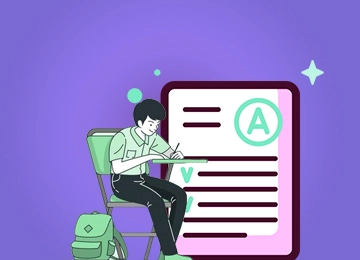
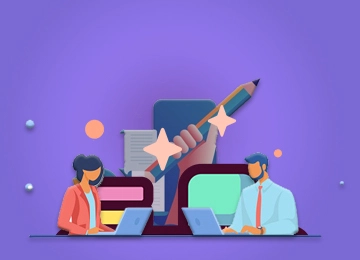
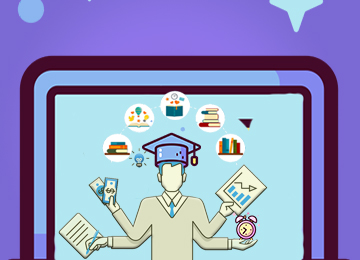
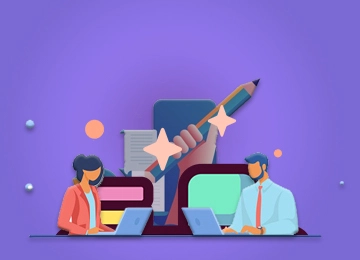
No Comments